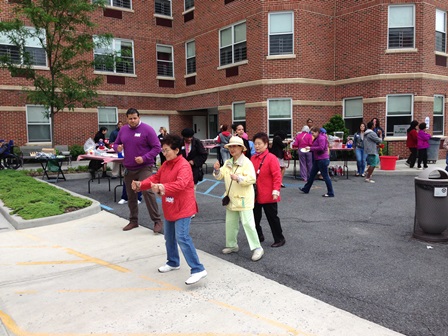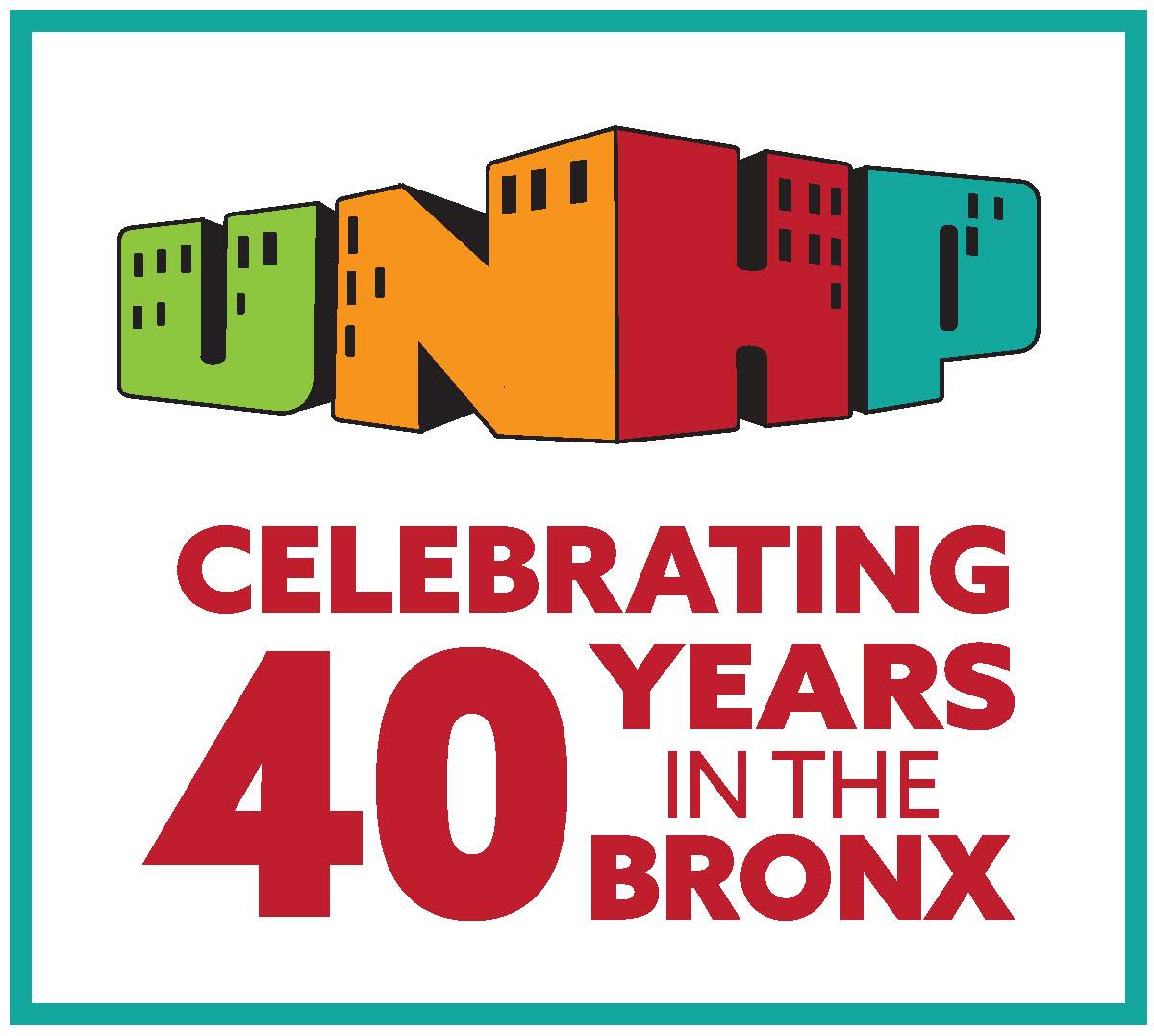Significant Savings from Weatherization Discovered through the LL87 Process
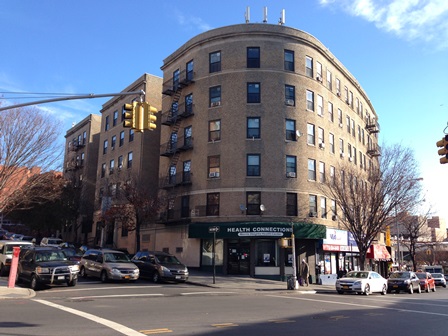
To reach its aggressive sustainability goals, New York City needed to do more than improve new construction and renovations. It chose to proactively address energy waste in its existing structures – and with close to a million structures that is a difficult task. However, it turns out that the city's square footage is highly concentrated in less than two percent of its properties. This two percent is about 15,000 properties with over 50,000 square feet and account for half of New York City's square footage and 45 percent of New York City's total greenhouse gas (GHG) emissions.
2013 is the first year in which buildings 50,000 sq. ft and larger are required comply with Local Law 87 by undergoing an energy audit, retro-commissioning and the submission of an Energy Efficiency Report to the NYC Department of Buildings (DOB). Within our portfolio of buildings, UNHP provides technical assistance to only three buildings subject to LL87. 2042 Grand Avenue, with 54,723 square feet of living space, is our first building to receive a LL87 audit and undertake retro-commissioning measures. The building has 50 residential units with several ground level commercial spaces near Fordham Road in the Bronx. It completed LL87 requirements in December 2013.
At the end of 2010, this building utilized $556,462 in grants from both the NWBCCC Weatherization Assistance Program (WAP) and the Con Edison Multi-Family Energy Efficiency programs to provide energy savings improvements. This work included replacing the boiler with a condensing Lochinvar SBN-1300 (95.4% efficient) hydronic (water) natural gas fired burner to produce both heat and hot water. We also replaced lighting fixtures, swapped out light bulbs for CFLs, replaced faucet aerators, used EmPower funding to replace refrigerators with brand new energy star compliant ones, installed new smoke and CO detectors, serviced roof fans, cleaned the fan ducts, added both rigid and blown-in roof insulation up to R44 rating, and gave the brand new roof a white coating registered with NYC’s CoolRoof program. Additional owner identified work included replacing the vestibule doors and intercom panel, painting the lobby and hallways and replacing 100% of the windows with new low-e Argon windows. Association for Energy Affordability (AEA) conducted the energy audit and wrote the scopes of work for the building using WAP funding and was also hired to perform retro-commissioning and file the LL87 report.
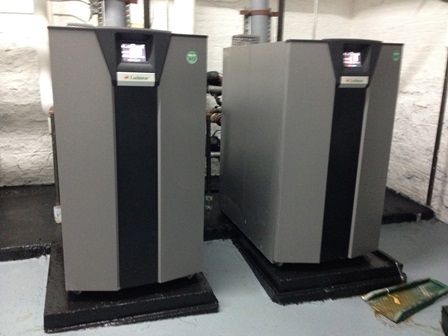
For UNHP, a small non-profit, AEA, provided a needed level of expertise and was an asset during the process to comply with the law. AEA coordinated with the management, super and the boiler manufacturer's representative to optimize boiler controls. An analysis from AEA which looks at the usage over several years and normalizes the heating usage based on ‘heating degree days,’ a measure of how cold each year is, or how much heating is required. They used this data to model how much energy a building would have used in a given winter if it hadn’t been weatherized compared to the actual usage post-weatherization.
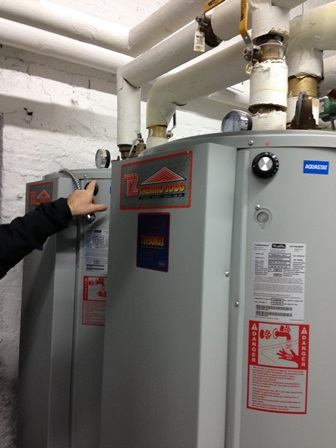
The analysis shows that if the building had not been weatherized it would have used 47,860 therms last winter. Instead, it used 36,285 therms, a 24% reduction! Assuming a cost of $1.35/therm, the building saved $15,626 in heating and hot water costs. In the unusually warm winter of 2012, we estimate our savings to have been $14,592.
UNHP was initially overwhelmed at the prospect of complying with Local Law 87. UNHP chose AEA because of recommendations from other managers, our previous work experience, their competitive pricing, and quality of work. While the process was long and sometimes onerous, UNHP is well-pleased with our ability to use Weatherization and ConEd grants, the work of AEA, the improvements to the building and the significant cost savings.
UNHP is looking forward to additional significant cost savings and an early spring after the long, frigid winter of 2013-14!
